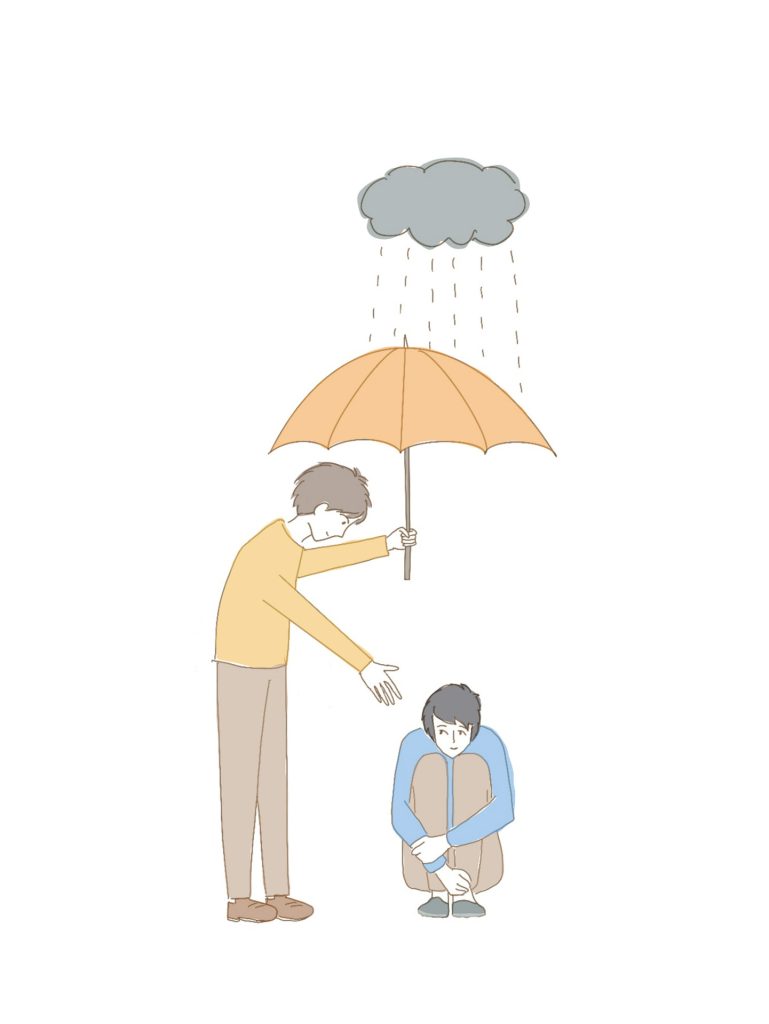Connecting kids to mental health services faster
By Marnie Werner, Vice President of Research
Even before we started work on our latest report, “Youth Mental Health: Where parents can find help now,” we were hearing stories of kids (and adults, too) brought to the emergency room of the local rural hospital because parents (or family or friends) didn’t know where else to go. Sometimes these kids (and adults) became trapped in the emergency rooms for days, even weeks, because the treatment they were prescribed involved a stay in a residential treatment facility, but there were no spaces available at any facility nearby, or far away. No beds. The medical staff couldn’t discharge these patients except to the appropriate facility. Either a facility was found or their parents took them home.
There is a serious shortage of beds at residential treatment facilities. Face it, there is a shortage of residential treatment facilities, especially for children and teens, and it’s not just in Minnesota, it’s across the U.S. It seems like the logical solution would be to simply add more beds. Kids don’t take up much room, right?
Well, of course, it’s more complicated than that.
More than furniture.
When we talk about “adding beds” to a mental health treatment facility, it means increasing the facility’s capacity to accommodate more patients. That sounds great. But it’s not a quick process, and it’s not just a matter of physically putting more beds in a room.
The Minnesota Department of Health (MDH) oversees licensing and regulations for residential treatment facilities, including for adding beds. Things like construction plans need to be approved if the facility is building more space. The facility’s license may be for a specific number of beds, and the new, higher number would have to be approved. There are strict safety regulations, zoning requirements, and inspections that all need to be carried out. The entire process can take weeks or months.
One big hurdle to adding capacity at in-patient facilities has been Minnesota’s hospital bed moratorium. Hospitals wanting to add in-patient beds or build new altogether need to go through a public interest review to determine if those beds are a necessary addition. Understanding the seriousness of the situation, the state legislature amended the moratorium, allowing facilities adding mental health beds up through July 2027 to skip the public interest review. They must still meet specific conditions, like ensuring that the beds are exclusively for mental health services; accepting patients using Medical Assistance (Medicaid) and MNCare; providing for patients’ physical health needs; and participating in a statewide study on mental health bed availability (MN Department of Health).
The biggest problem these days, though, is staffing. Even if physical beds could be added quickly, children’s residential facilities offer specific services to treat children’s mental illnesses and help them recover so they can enter life outside the facility successfully. That demands more than warm bodies to meet the required staff-to-patient ratio: the facility needs people who have been trained to deliver these services. But as we discussed in a previous report on the mental health workforce, training those people, then recruiting them, especially in children’s mental health care and especially in rural areas, takes time. It’s this shortage of qualified people that is creating waiting times of weeks or months for children and adults just to get in to see a mental health provider.
So, expanding this specialized workforce will take time. Years, probably. What do parents do in the meantime? Well, we’re glad you asked.
Earlier intervention.
The thing is, about half of children who are going to develop a mental illness develop it by the age of 14 and another 25% will develop it by 21. When these facts are taken into consideration, one thing suddenly becomes obvious: early intervention is important. If we want to avoid the residential treatment facility altogether and help kids grow up into happy, healthy, productive adults, early intervention is critical.
So besides adding to the workforce, which we already know will take a long time, here are some things parents can do now.
- Educate yourself. The unknown is often scarier than the known. The stats on children’s mental health are alarming, but once you start learning things like the difference between mental health and mental illness, what risks can push kids toward mental illness and which factors can protect them, and what the signs are that your child might need help, you’ll hopefully feel a little more confidence in making decisions and talking about mental health with your child. Also, 988 is not just a suicide prevention line: it’s a mental health help line. Call with questions. They are there to help.
- Talk to your child’s doctor. A growing number of primary care clinics (i.e., your regular healthcare clinic) are putting mental health therapists on staff right in the clinic so they can be available right away to talk with you or your child. If the clinic doesn’t have someone live there, they’ll likely have someone on call via telehealth. The advantage of this is that it connects kids and therapists much faster than if the child had to sit on a waiting list for weeks. It also addresses one of the biggest hindrances to getting help with mental health: inertia, or just not going to the appointment. That personal connection makes it much more likely that the appointment will happen.
- Check your child’s school for mental health services provided there. More and more Minnesota schools are bringing on school-linked mental health services where either a therapist is right there at school or available via telehealth. Again, having a therapist there in the school can help cut through the waiting times. Also, children already receiving therapy may be able to meet with their therapist in school, meaning the child misses less school due to travel time and parents don’t have to take time off work. And if a child has an unexpected crisis, the therapist is right there to help stabilize things.
We still need a larger supply of beds for kids and teenagers facing serious mental health challenges, and overall, we need more people in the mental health field. But it could also help to reduce the demand for services by catching mental illnesses in kids early and treating them before they get to a stage that makes a bed in a residential treatment facility necessary. Mental illnesses often grow with the child, and they don’t go away on their own. It may be confusing and scary for parents to see their child in need, but we have tools in rural areas now to help.


